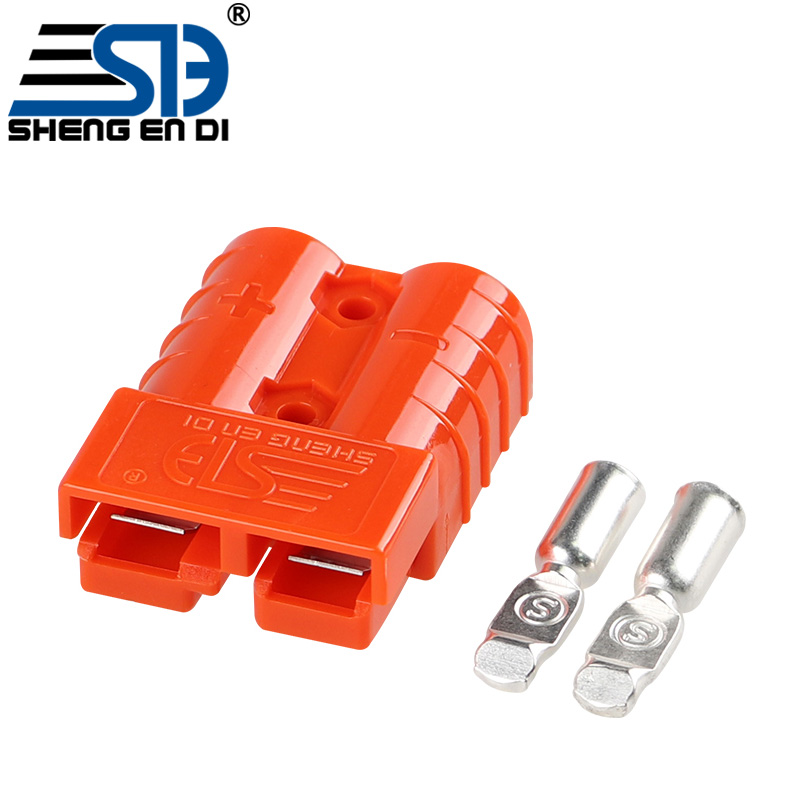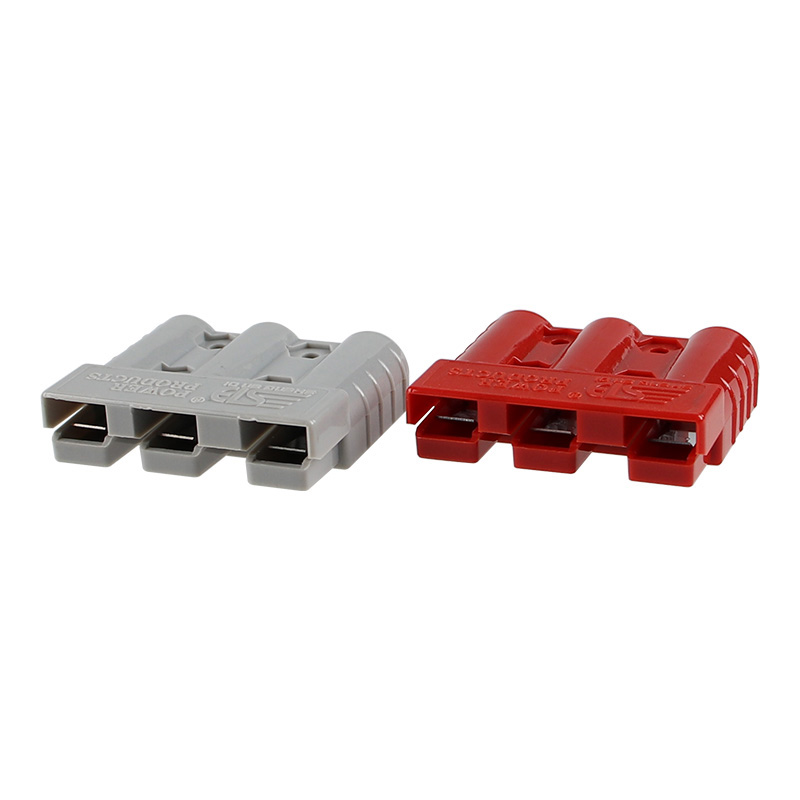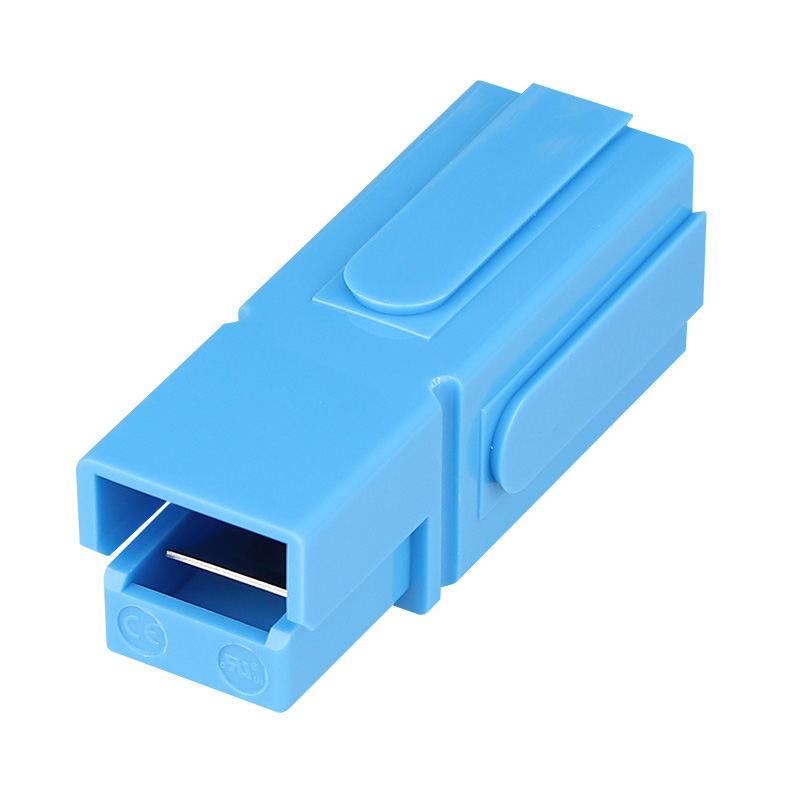Automotive wire harness processing involves a variety of processes, of which the following are key:
1. **Wire opening process:**
The accuracy of the line opening process is crucial to the entire production process. Any error, especially if the opening size is too short, may lead to rework of the entire line, which will have a considerable impact on production efficiency. Therefore, when preparing the wire opening process, the wire opening size and stripping size must be reasonably determined according to the requirements of the drawing.

50A 600V Quick connect 2 pole Anderson Connectors
2. **Crimping process:**
Determine the crimping parameters according to the terminal type specified in the drawing, and formulate detailed crimping operation instructions. Special requirements need to be marked on the process documents and operators must be trained. For example, some wires may need to be threaded through the jacket before crimping, which may require preassembly at a preassembly station.

50A 600V High Current 3 Pin Connector
3. **Pre-assembly process:**
Prepare pre-assembly process operation instructions and set up pre-assembly stations to improve final assembly efficiency. The rationality of the pre-assembly process directly affects the efficiency of the general assembly and is a reflection of the technical level of the craftsmen. Technicians need to review on-site frequently to ensure that the number of pre-assembled parts is reasonable and the path setting is reasonable, so as not to increase the workload of the general assembly personnel.

350A 600V High Frequency Module Power Quick Anderson Plug
4. **Final assembly process:**
According to the assembly platform designed by the product development department, design the specifications and dimensions of tooling equipment and material boxes. Mark the numbers of all assembled sheaths and accessories on the box of materials to improve assembly efficiency. Prepare the assembly content and requirements for each station to balance the entire assembly station to prevent excessive workload at a certain work point from affecting the speed of the entire assembly line. Technicians need to understand each operation and adjust the assembly process at any time to maintain workstation balance.
 Guangdong SED Co., Ltd.
Guangdong SED Co., Ltd.
 +86 13763213143
+86 13763213143
 info@dmictech.com
info@dmictech.com


